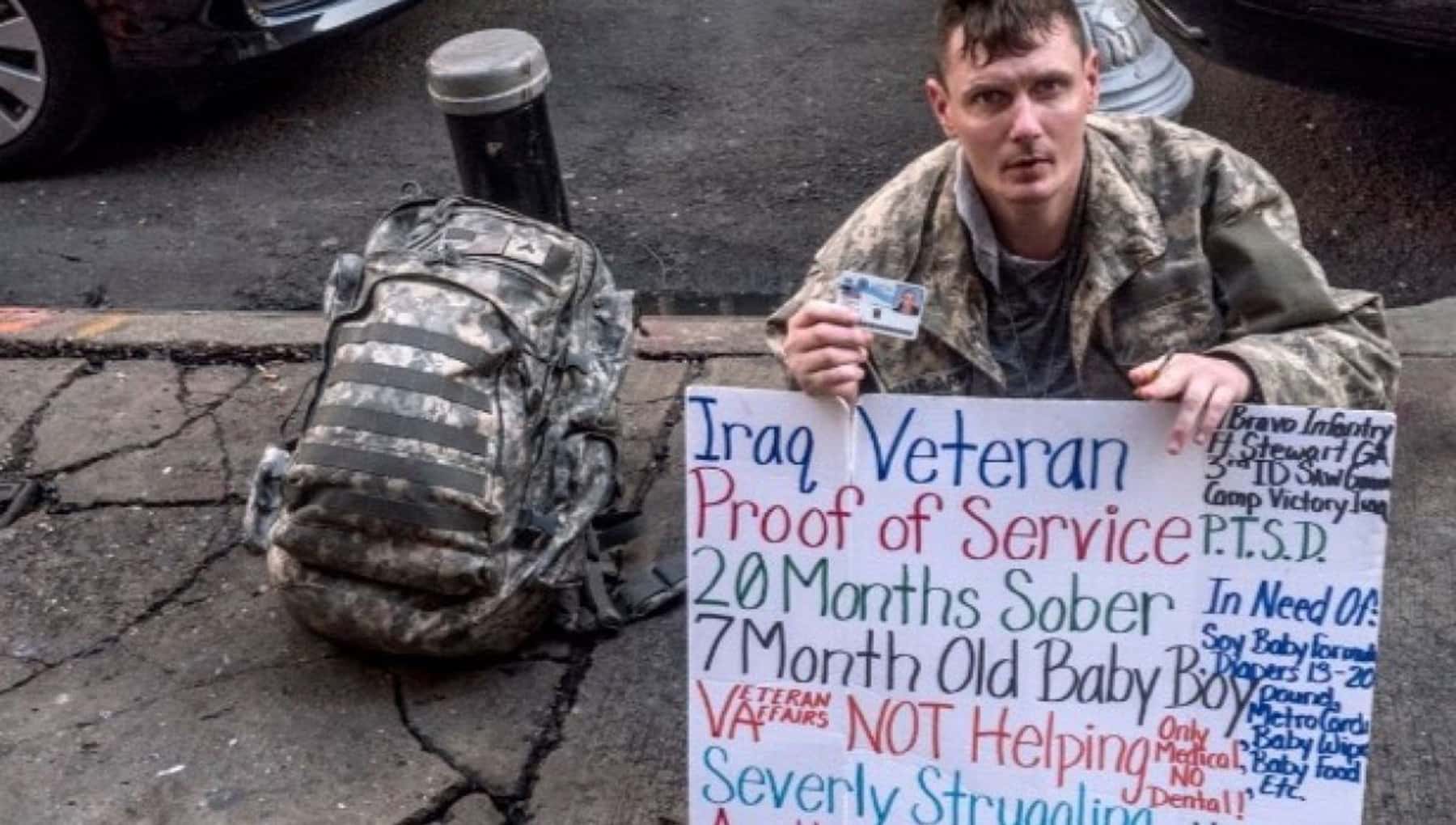
Congress Showers the Pentagon with Cash
While Americans Pinch Pennies
Ben Freeman and Faezeh Fathizadeh / Responsible Statecraft
(July 11, 2022) — Gas prices are at an all-time high. Rent prices have set records for the last 13 months straight. Inflation is increasing so sharply that even the cost of basic utilities has risen by nearly 30 percent in the last 12 months. There are growing fears that the economy is poised to fall into recession.
What is Congress doing as a growing chorus of Americans think these and other economic issues are the most important problems facing the nation today? They’re planning to give military contractors the biggest payday they’ve ever seen.
This week, at a time when Americans are fighting to keep roofs over their heads and feed their families, Congress’s plan is to authorize a record-setting $838.8 billion in spending, not to the American people, but to the Pentagon. As happens nearly every year, more than half of this sum will likely go to Pentagon contractors, whose CEOs make tens-of-millions of dollars while telling their shareholders that war and rising global tensions are good for business.
Yet this week Congress is on track to give the Pentagon $37 billion more than the military even asked for. Instead of funding pork-barrel projects across the country — such as the Littoral Combat Ship, known in U.S. Navy circles as the “little crappy ship” that reportedly can’t travel half its maximum speed without cracking its hull — Congress could use this money to pay for a variety of things Americans desperately need right now, like school lunches, affordable housing, and utility assistance programs.
Even just lowering taxes by $37 billion or giving this money directly to the American people could put more than $100 in the pocket of every single American at a time when they desperately need it.

Not only would spending in such ways benefit the individuals and communities that receive them, it would also help revitalize the U.S. economy — and make it more equitable to boot. As has been well documented, defense spending is one of the least economically productive ways the government can spend its money. Spending on education, health care, and lowering taxes, for example, have all been shown to create more — and higher paying — jobs.
In addition to the economic costs of funneling ever more money into the Pentagon, contractors that win the lion’s share of the Pentagon pie have left less and less money for the actual members of the U.S. military. Our troops and their families are now facing the same problems of affordable housing and inflation that plague the rest of the nation, all while doing their part to defend the country.
As our colleague, Tevah Gevelber, documented in Responsible Statecraft last month, increases in rents and inflation have forced many military families to move further and further away from bases and, in some cases, to live paycheck to paycheck.
With military families and other hard-working Americans struggling to make ends meet, why is Congress poised to give government contractors the biggest taxpayer-funded payday they’ve ever received?
In short, Pentagon contractors invest heavily in efforts to get more taxpayer money. They have spread their influence and money around to lobbyists, PR firms, and think tanks to ensure that a rising defense budget lifts all boats … inside the Beltway.
The defense sector is also one of the top spenders on campaign contributions to members of Congress, particularly to those lawmakers with the greatest sway over the defense budget. In fact, members of the House Armed Services Committee who last month approved the defense bill the House will vote on this week have already received more than $3.25 million in campaign contributions from defense contractors in just the current election cycle, according to campaign finance data compiled by OpenSecrets.
Pentagon contractors also spend more than $100 million on lobbying every year and currently have 652 lobbyists working for them, more than double the 307 lobbyists working for labor groups, for example. That comes to one lobbyist for every elected representative and senator with more than 100 lobbyists to spare.
More than two-thirds of these lobbyists are actually former government employees, including high-ranking congressional staff, like Speaker Nancy Pelosi’s (D-Calif.) former chief of staff, who went on to become a lobbyist for BAE Systems.
Pentagon contractors also seek out former members of Congress themselves. For example, five weeks after Howard “Buck” McKeon (R-Calif.), who chaired the House Armed Services Committee until his retirement from Congress in early 2015, he began representing a defense contractor that employed his services as a principal in the newly formed “McKeon Group.”
Last, but certainly not least, defense contractors give tens-of-millions of dollars to the nation’s top think tanks every year. Scholars at these same think tanks with defense industry ties often write articles and appear in the media promoting ever higher levels of defense spending.
In short, this is the military industrial complex, and it is working overtime to raise the Pentagon budget at taxpayers’ expense. Worse yet, Congress is adding tens-of-billions of dollars that the military didn’t even ask for, on top of what was already a record setting budget request that is more than the defense budgets of the next nine highest spending countries combined.
While much of Washington is in on the racket, and will also profit from this wasteful government spending, it’s Americans struggling to keep the lights on who will pay the price.

Military Families’ Housing, Health, and Food Woes
May Explain Pentagon’s Recruiting Troubles
Tevah Gevelber / Responsible Statecraft
(July 17, 2011)— A national security threat is emerging, but it’s not from abroad, and another F-35 won’t solve it.
Military families are reporting housing, health, and financial challenges, according to a survey released on Thursday by the Military Family Advisory Network. The survey found that nearly a quarter of enlisted families are experiencing food insecurity and that more than 60 percent of respondents pay more than they can comfortably afford for housing.
Overall, military and veteran families are facing financial hardships and some are suffering emotionally, with over 50 percent of military and veteran families reporting loneliness.
“When you look at all these things together, nothing is all that surprising that it would lead to some of these downstream effects,” says Shannon Razsadin, president of Military Family Advisory Network.
These downstream effects include a decline in military and veteran respondents saying they would recommend military life, and a recruiting crisis in the military, with every branch of the U.S. military struggling to meet its quotas.
Together these two issues — military families’ quality of life and recruiting challenges — paint a dark picture for U.S. national security.
“We can’t ignore the sustained impact that issues like food insecurity, childcare, housing and spouse employment can have on a military family,” said 2022 AFI Air Force Spouse of the Year, Heba Abdelaal, of the challenges facing military families. “Together, we must continue the hard work of addressing the quality of life challenges our military families face at home and abroad. The future of our national security depends on it.”

Currently, the National Defense Authorization Act proposes allocating $840 billion for national defense. With such a large price tag — and well documented waste, fraud, and abuse — many wonder why military families are struggling to meet basic financial and health needs.
To understand the current status of military families, MFAN surveyed 8,638 military and veteran families between October and December 2021 about their health, finances, housing, and food security, among others.
The survey found that 60 percent of military families reported moderate or poor health. The survey also found that military families are facing financial challenges. One-fifth of active service families and nearly 40 percent of veteran families surveyed reported less than $500 of emergency savings or no emergency savings fund. And over three-quarters of military families indicated that they carry debt.
These issues do not affect all servicemembers and veterans equally. Hispanic, American Indian, and African American respondents were more likely to fall into the “moderate” or “poor” health categories than their white non-Hispanic counterparts.
The discrepancies also applied to military rank. Those in the lowest enlisted ranks experienced poor family health at twice the rate of those in the middle of the officer category. And enlisted families reported food insecurity at nearly five times the rate of officer families.
The survey also found that families’ views of military life were changing. Between 2019 and 2021, the rate of military and veteran respondents saying that they would recommend military service dropped from about three quarters to 60 percent. Razsadin said that when respondents were prompted to explain why, they often cited that the challenges of military life outweighed the benefits. But the rate of civilians who said that they would recommend military life to someone they cared about stayed the same–at 46 percent– since the last survey in 2019.
“We’re concerned about that finding,” said Razsadin. “To see this type of drop, while we’re still seeing the civilian side remain consistent, is something that I think is really important to look at further.”
Meanwhile, Army Secretary Christine Wormuth recently told NBC newsthat “the Army is facing the most challenging recruiting market in the last 20 years.”
According to the Army’s website, 71 percent of young Americans do not qualify for military service and of those that do, only nine percent are willing to join. In June of this year, the military was 23 percent behind its recruiting goal for the year.
Given that military family members are more likely to enlist (79 percentof Army recruits have a relative who served) the survey’s dour findings about military families’ quality of life may be a factor in the military’s recruiting challenge.
As of June 17, the Army started offering a $35,000 bonus for new recruits. But Abdelaal is doubtful that efforts like this will make up for challenges facing military families.
“You can authorize all of the bonuses that you want,” she says. “Military members and their families are no strangers to sacrifice. But even additional money may not result in the quality of life changes necessary to sustain an all-volunteer military force.”
ALERT: The Quincy Institute will be hosting a panel on July 25 exploring the challenges facing our military families. Please RSVP here